Letters to the Editor
February 18, 2018Dear Sirs: As a Dialogue subscriber, I was recently favored with a letter from the “Lloyd for Congress Committee,” asking for a contribution to support a Dr. Kent Lloyd, Ph.D., who is running for Congress…

Dear Sirs: As a Dialogue subscriber, I was recently favored with a letter from the “Lloyd for Congress Committee,” asking for a contribution to support a Dr. Kent Lloyd, Ph.D., who is running for Congress…

Dear Sirs: . . . . I borrowed the first two issues and have read each one with a great sense of gratitude. I knew it — I knew you were there somewhere, you people…

Dear Sirs: . . . . Dialogue can become a source of intellectual sastisfaction that will complement and augment the spiritual satisfaction abundantly provided by the Church. To become such a source it must be…

Dear Sirs: After Udall’s letter, what now? Despite the possible political implications of Stewart Udall’s letter, I hailed it as a welcome voice on a subject generally veiled in public silence. And yet after the…
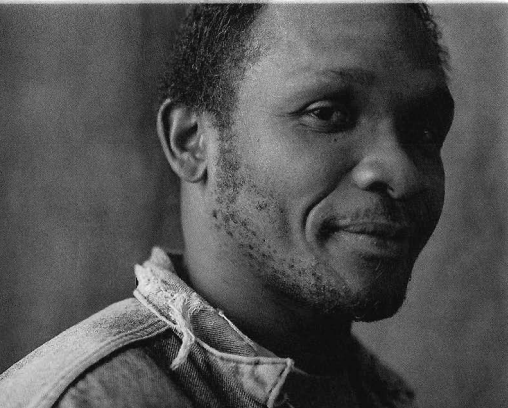
Dialogue, 28.1 (Spring 1995): 143 – 161
The matter which I propose to examine is whether the “present understanding of Egyptian religious practice” supports Joseph Smith’s explanations of the facsimiles found in the Book of Abraham. In addition, I will discuss the contribution which a study of Egyptian history can maketo our understanding of the nature of this book of scripture.
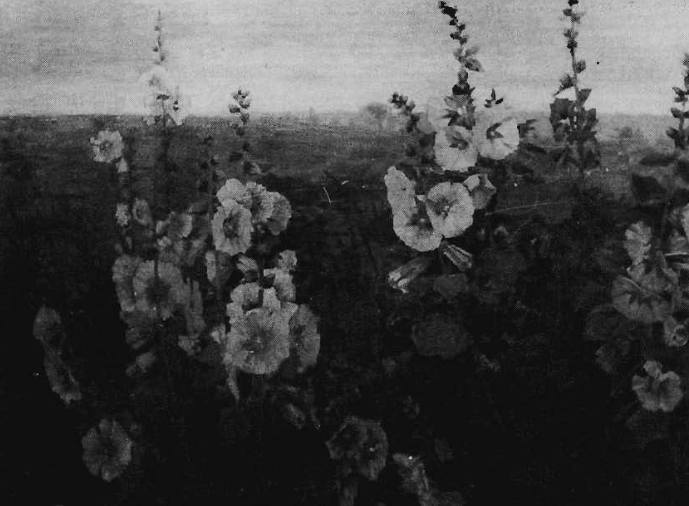
Dialogue, 23.4 (Winter 1990): 167 – 169
In his stimulating article, “Knowing Brother Joseph Again: The Book of Abraham and Joseph Smith as Translator” (DIALOGUE, Winter 1989), Karl Sandberg seeks to explain the Prophet Joseph Smith’s translation of the Book of Abraham almost exclusively in terms of seership (where one does not necessarily actually view the material being deciphered, as opposed to using prophetic gifts to bring to light what was previously hidden or unknown).
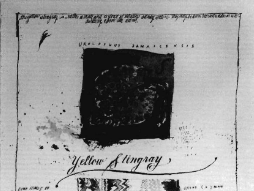
Dialogue, 23.4 (Winter 1990): 55–93
The odyssey of Ferguson is a quest for religious certitude through archaeological evidences, an attempt at scholarly verification of theological claims. Early in his career, Thomas Stuart Ferguson was instrumental in reducing our conception of the geography of the Book of Mormon from nearly the whole of both North and South America to the more limited area of southern Mexico and Central America. In the middle years of his career, he organized archaeological reconnaissance and fieldwork in the area of Mesoamerica. But in the last years of his career, he concluded that the archaeological evidence did not substantiate the Book of Mormon, and so he reduced (in his mind) the geography of the book to nothing at all in the real world.
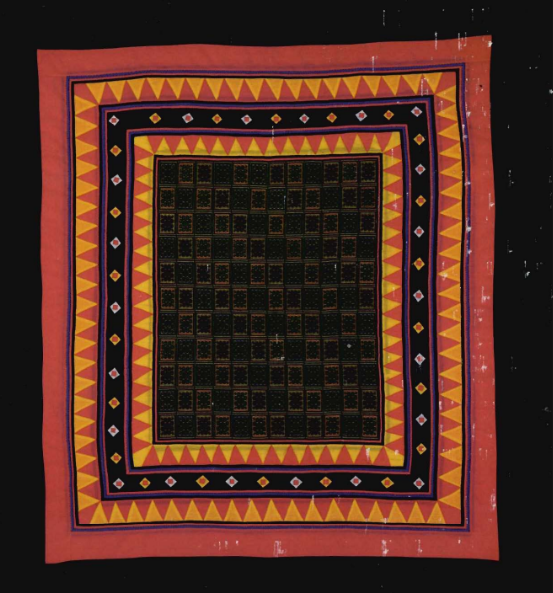
Dialogue 22.4 (Winter 1989): 17 – 38
“The problem took another turn when Joseph Smith’s papyri, which had been missing and presumed lost for eighty to ninety years, resurfaced in 1967 and were examined and translated by Egyptologists. One fragment of papyrus was identified as the ostensible source of the Book of Abraham, but it bore no relationship to the Book of Abraham either in content or subject matter.”
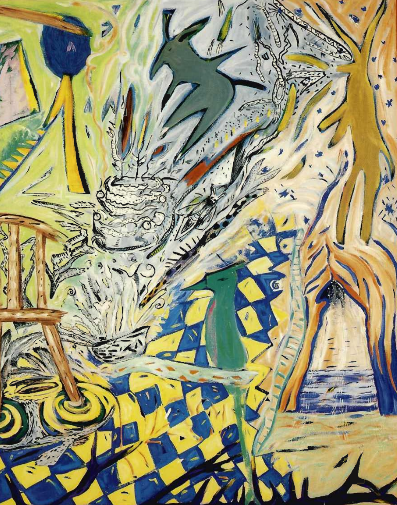
Dialogue 21.4 (Winter 1989): 135 – 139
Latter-day Saints, with other groups in the Judeo-Christian tradition, accept as scripture the stories of creation found in Genesis 1-3 but are unique in accepting as scripture three other parallel versions of the same stories. These include chapters in the books of Moses and Abraham brought forth by Joseph Smith, Jr.

Sterling M. McMurrin has been a leading philosopher and educator for many years. Among his publications pertaining to the philosophy of religion are Religion, Reason, and Truth (1982) and The Theological Foundations of the Mormon Religion (1965). He served as United States Commissioner of Education under President John F. Kennedy and is currently E. E. Ericksen Distinguished Professor at the University of Utah. The 7th East Press, then an independent student newspaper at Brigham Young University, published this interview on 11 January, 1983. The concluding comments on ritual and the temple were added by Ostler and McMurrin later. Some adjustment in the order of the questions and answers has been made in the interest of consolidating related comments. Paragraphing, punctuation and typographical errors have been corrected silently, when necessary.